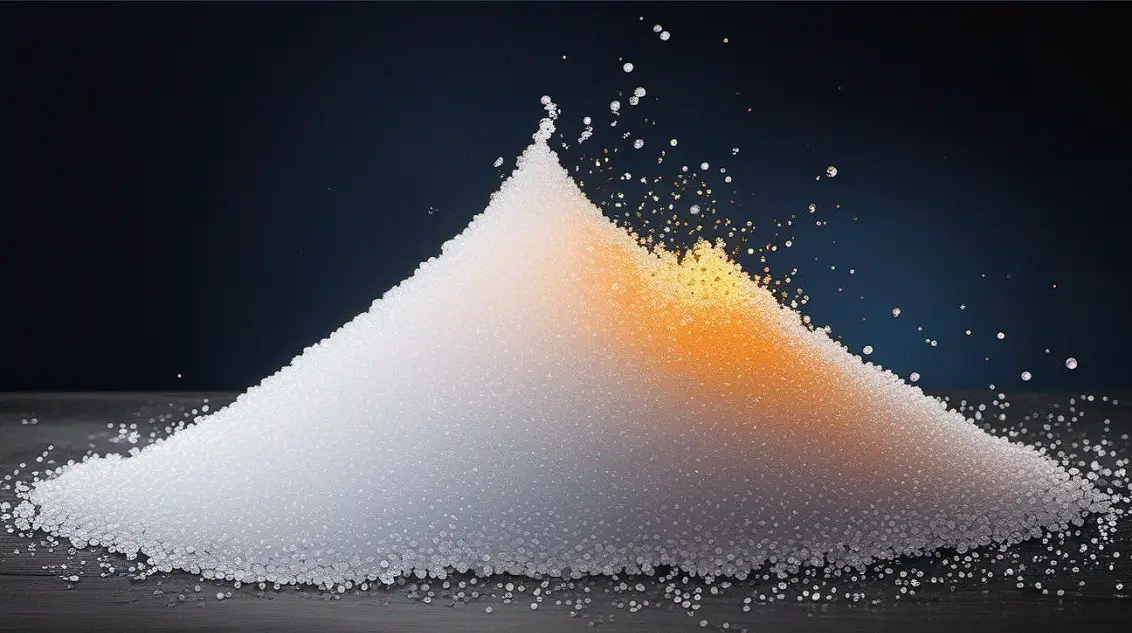Are you searching for the answer to “Why cannot each metal react to its own salt?” Here are the short & detailed explanations of this. You can also download this article as a PDF by clicking the link below. A metal reacting with its own salt is not possible because there is no driving force for the reaction to occur. For a reaction to take place, there must be a difference in reactivity between the two elements involved. In the case of a metal and its salt, the metal is the same element already present in the salt, so there is no difference in reactivity to drive the reaction forward.
Why cannot each metal react to its own salt?
A metal cannot react with its own salt because there is no driving force for the reaction to occur. For a reaction to take place, there must be a difference in reactivity between the two elements involved. In the case of a metal and its salt, the metal is the same element that is already present in the salt, so there is no difference in reactivity to drive the reaction forward.
To illustrate this concept, consider the following example:
Example:
Copper (Cu) cannot react with copper sulfate (CuSO4).
Copper is a moderately reactive metal, while copper sulfate is a salt formed from copper and sulfate ions. Since copper is already present in the salt, there is no driving force for the copper metal to displace itself from the salt solution. Therefore, no reaction takes place.
In contrast, a more reactive metal like zinc (Zn) can react with copper sulfate to displace the copper ions and form zinc sulfate. This is because zinc is more reactive than copper, so it can replace copper from its salt.
The reaction can be represented as follows:
Zn + CuSO4 → ZnSO4 + Cu
In this reaction, the zinc metal loses electrons to form zinc ions, while the copper ions gain electrons to form copper metal. This results in the formation of zinc sulfate (ZnSO4) and copper metal (Cu).

Understanding Reactivity:
Reactivity is a measure of how easily an element can lose or gain electrons. Metals are typically more reactive than non-metals because they lose electrons quickly. This is why metals often reduce other elements, which means they gain electrons and become more stable.
When a metal reacts with a non-metal to form a salt, the metal loses electrons to the non-metal. This results in forming positively charged metal ions and negatively charged non-metal ions. These ions are attracted to each other by electrostatic forces, forming the ionic bond that holds the salt together.
Displacement Reactions:
Metals can react with each other, but only if one metal is more reactive than the other. This is known as a displacement reaction. In a displacement reaction, the more reactive metal displaces the less reactive metal from its salt.
For example, if you place a piece of zinc metal in a solution of copper sulfate, the zinc will react with the copper ions in the solution to form zinc sulfate and copper metal. This is because zinc is more reactive than copper, so it is able to displace copper from its salt.
The Role of Reactivity Series:
The reactivity series is a list of metals arranged according to their reactivity. The most reactive metals are at the top, and the most minor reactive metals are at the bottom.
The reactivity series can be used to predict whether or not a metal will react with a particular salt. If a metal is more reactive than the metal in the salt, then the reaction will occur. If the metal is less reactive than the metal in the salt, the reaction will not happen.
Factors Affecting Reactivity:
The reactivity of a metal can be affected by several factors, including:
- The ionization energy of the metal: The ionization energy is the amount of energy required to remove an electron from an atom. The lower the ionization energy, the more reactive the metal.
- The electron affinity of the non-metal: The electron affinity is the amount of energy released when an electron is added to an atom. The higher the electron affinity, the more reactive the non-metal.
- The size of the metal ion: The smaller the metal ion, the more reactive the metal. This is because smaller ions have a higher charge density, which makes them more attracted to electrons.
Conclusion:
In conclusion, a metal cannot react with its own salt because there is no difference in reactivity between the two elements. This is why metals only react with salts of less reactive metals. The reactivity of a metal is affected by several factors, including its ionization energy, electron affinity, and ion size.
Also Read: Important Acid Base And Salt Class 10 Notes | Chapter 2 Science Class 10 PDF
Also Read: Carbon And Its Compounds Class 10 Notes With Important Question Answer
Also Read: Important Metals And Non Metals Class 10 Notes With PDF

